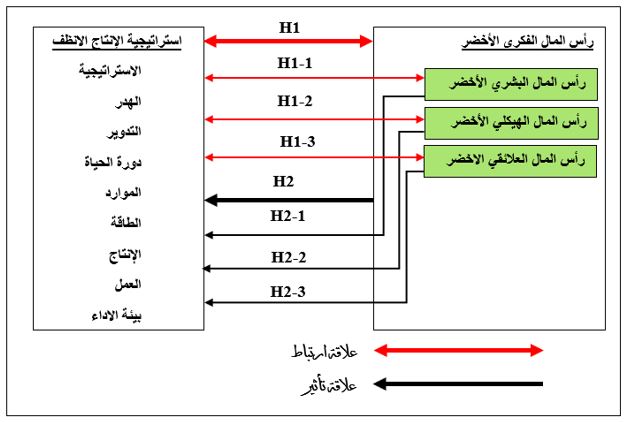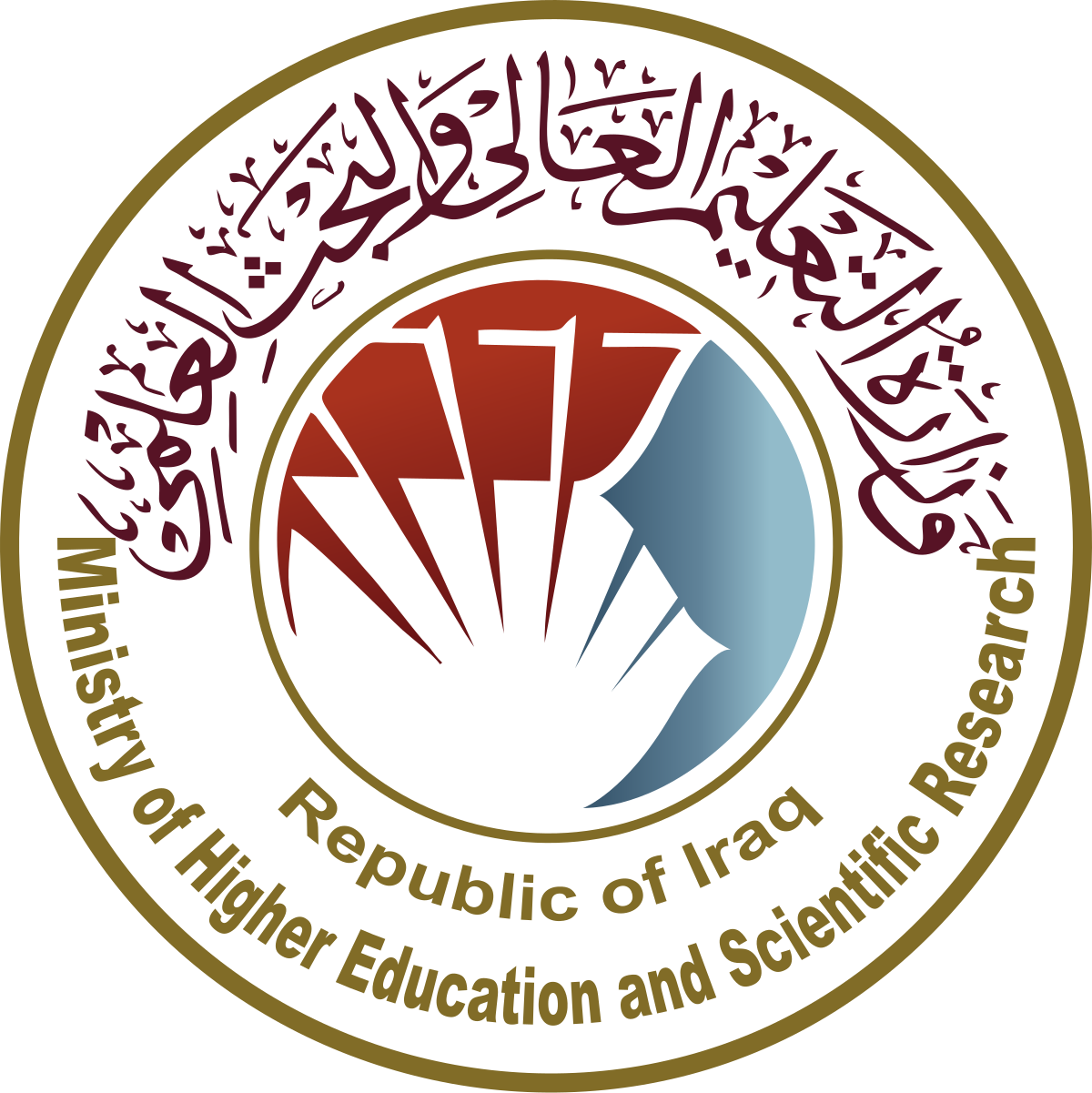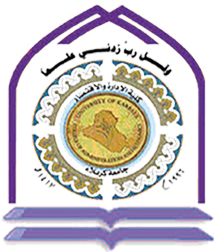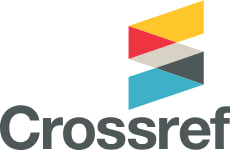دور رأس المال الفكري الأخضر في تعزيز استراتيجية الإنتاج الأنظف
DOI:
https://doi.org/10.71207/ijas.v21i83.3181الكلمات المفتاحية:
رأس المال الفكري الأخضر، رأس المال البشري الأخضر، رأس المال الهيكلي الأخضر، رأس المال العلائقي الأخضر، استراتيجية الإنتاج الأنظف.الملخص
هدفت الدراسة الحالية إلى استكشاف تأثير رأس المال الفكري الأخضر في استراتيجية الإنتاج الأنظف واعتمدت الدراسة على الاستبانة كأداة رئيسة لجمع البيانات والمعلومات عن مجتمع الدراسة متمثلا بعينة (275)، والذي تمثل بالعاملين في شركة الاتحاد للصناعات الغذائية/بابل، واعتمد في التحليل والمعالجة الإحصائية من خلال برنامج SPSS, Amos (التحليل العاملي الاستكشافي والتوكيدي , كاختبارات بنائية أساسية لصدق المقاييس المعتمدة ، اعتمد البحث على المنهج الوصفي التحليلي )، واستنادا لمشكلة الدراسة المتمثلة في معرفة قوة التأثير بين متغيرات البحث وفرضياتها توصل الباحث إلى مجموعة من الاستنتاجات كان أبرزها أن استراتيجية الإنتاج الأنظف تُعد التزاماً من قبل منظمة الأعمال بالمعايير البيئية والتي تؤدي إلى خفض كمية الملوثات تدريجياً وتجنب العقوبات والغرامات التي تفرض من الحكومات بسبب التلوث الذي تسببه المنظمة فضلاً عن تحسين علاقة المنظمة مع الجهات والمنظمات المعنية بالبيئة والمجتمع ، يساعد رأس المال الفكري الأخضر وبشكل كبير على تجاوز الأزمات البيئية، وأن سلسلة التجهيز المستدام تسهم في تقليل الطاقة وخفض المخلفات الصناعية.
المراجع
ربيع, عادل مشعـــــــــان, (2011)، التوعية البيئية, مكتبــــــة المجمـــــع العربي للنشر و التوزيع, عمان, الطبعة الأولى, الاردن.
قطب، بدوي (2014)، الإنتاج الأنظف، مجلة إخبار النفط والغاز، العدد، 473، وزارة الطاقة، الإمارات العربية المتحدة.
مخلف، عارف صالح، (2009)، الادارة البيئية الحماية الإدارية للبيئة، الطبعة الأولى، دار اليازوري العلمية للنشر والتوزيع، عمان، الأردن.
Abbas, A. A. (2022). The role of organizational virtuousness in reinforcement proactive work behavior. Management of Organizations: Systematic Research, 87(1), 1-20.
Abbas, A. A., & Al Hasnawi, H. H. (2021). The impact of environmental leadership on entrepreneurial success: The moderating role of green organizational behavior. Jurnal Pengurusan, 63, 1-15.
Abbas, A. A., & Ali, R. H. A. (2023, April). College students' perceptions of environmental sustainability and its impact on environmental citizenship. In AIP Conference Proceedings (Vol. 2776, No. 1). AIP Publishing.
Al Issa, H. E., Abdullatif, T. N., Ntayi, J., & Abdelsalam, M. K. (2023). Green intellectual capital for sustainable healthcare: evidence from Iraq. Journal of Intellectual Capital, 24(4), 929-947.
Al-Humairi, S. K. O., Abd, A. M. F., & Abbas, A. A. (2024). The impact of cleaner production strategy on Sustainable supply chain performance. Production Engineering Archives, 30.
Almeida, C. M., Agostinho, F., Huisingh, D., & Giannetti, B. F. (2017). Cleaner Production towards a sustainable transition. Journal of Cleaner Production, 142, 1-7.
Arie, A. A. P. G. B., Kumalasari, P. D., & Manuari, I. A. R. (2019). The role of green intellectual capital on competitive advantage: evidence from Balinese financial institution. Sriwijaya international journal of dynamic economics and business, 227-242.
Arnett, D. B., Sandvik, I. L., & Sandvik, K. (2018). Two paths to organizational effectiveness–Product advantage and life-cycle flexibility. Journal of Business Research, 84, 285-292.
Astuti, P., & Datrini, L. (2021). Green competitive advantage: Examining the role of environmental consciousness and green intellectual capital. Management Science Letters, 11(4), 1141-1152.
Baloch, Q. B., Maher, S., Iqbal, N., Shah, S. N., Sheeraz, M., Raheem, F., & Khan, K. I. (2022). Role of organizational environment in sustained organizational economic performance. Business Process Management Journal, 28(1), 131-149.
Boon, C., Eckardt, R., Lepak, D. P., & Boselie, P. (2018). Integrating strategic human capital and strategic human resource management. The International Journal of Human Resource Management, 29(1), 34-67.
Chaudhry, N. I., Bilal, A., Awan, M. U., & Bashir, A. (2016). The role of environmental consciousness, green intellectual capital management and competitive advantage on financial performance of the firms: an evidence from manufacturing sector of Pakistan. Journal of Quality and Technology Management, 13(II), 51-70.
Chen, Y. S. (2008). The positive effect of green intellectual capital on competitive advantages of firms. Journal of business ethics, 77, 271-286.
Delgado-Verde, M., Amores-Salvadó, J., Martín-de Castro, G., & Navas-López, J. E. (2014). Green intellectual capital and environmental product innovation: the mediating role of green social capital. Knowledge Management Research & Practice, 12(3), 261-275.
Dewberry, C. (2004). Statistical methods for organizational research: Theory and practice. Routledge.
Dong, L., Tong, X., Li, X., Zhou, J., Wang, S., & Liu, B. (2019). Some developments and new insights of environmental problems and deep mining strategy for cleaner production in mines. Journal of Cleaner Production, 210, 1562-1578.
Erosa, A., Koreshkova, T., & Restuccia, D. (2010). How important is human capital? A quantitative theory assessment of world income inequality. The review of economic studies, 77(4), 1421-1449.
Febrianti, F. D., Sugiyanto, S., & Fitria, J. R. (2020). Green Intellectual Capital Conservatism Earning Management, To Future Stock Return As Moderating Stock Return (Study Of Mining Companies In Indonesia Listed On Idx For The Period Of 2014-2019). The Accounting Journal Of Binaniaga, 5(2), 141-154.
Fitri, A., Diamastuti, E., Romadhon, F., & Maharani, H. (2022). The Effect of Green Intellectual Capital on SMEs’ Business Sustainability. Jurnal Bisnis dan Manajemen, 9(1), 55-64.
Gao, F., Olayiwola, A. U., Liu, B., Wang, S., Du, H., Li, J., ... & Zhang, Y. (2022). Review of vanadium production part I: primary resources. Mineral Processing and Extractive Metallurgy Review, 43(4), 466-488.
Hraiga, R. A., Fadel, A. M. M. A., & Abbas, A. A. (2023). Balanced scorecard integration and green process re-engineering to optimize the performance of economic units. Economics, Management and Sustainability, 8(1), 16-33.
Hraiga, R. A., Muhammad Ali, A. M., & Abbas, A. A. (2023). Improving Productivity Using Green Process Reengineering Technology. Polish Journal of Environmental Studies, 32(5).
Khalili, N. R., Duecker, S., Ashton, W., & Chavez, F. (2015). From cleaner production to sustainable development: the role of academia. Journal of Cleaner Production, 96, 30-43.
Kong, E. (2017). The effect of structural capital for human capital development and management in social enterprises. In Organizational culture and behavior: Concepts, methodologies, tools, and applications (pp. 1442-1460). IGI Global.
Krejcie, R. V. (1970). Determining sample size for research activities. Educational Psychol Meas. 30, 607-610.
Liu, C. C. (2010, October). Developing green intellectual capital in companies by AHP. In 2010 8th International Conference on Supply Chain Management and Information (pp. 1-5). IEEE.
Manuti, A., Impedovo, M. A., & De Palma, P. D. (2017). Managing social and human capital in organizations: Communities of practices as strategic tools for individual and organizational development. Journal of workplace learning, 29(3), 217-234.
Matos, L. M., Anholon, R., da Silva, D., Ordoñez, R. E. C., Quelhas, O. L. G., Leal Filho, W., & de Santa-Eulalia, L. A. (2018). Implementation of cleaner production: A ten-year retrospective on benefits and difficulties found. Journal of Cleaner Production, 187, 409-420.
Nielsen, S. N. (2007). What has modern ecosystem theory to offer to cleaner production, industrial ecology and society? The views of an ecologist. Journal of Cleaner Production, 15(17), 1639-1653.
Osmani, M. (2012). Innovation in cleaner production through waste recycling in composites. Management of Environmental Quality: An International Journal, 24(1), 6-15.
Paoloni, M., Coluccia, D., Fontana, S., & Solimene, S. (2020). Knowledge management, intellectual capital and entrepreneurship: a structured literature review. Journal of Knowledge Management, 24(8), 1797-1818.
Rosak-Szyrocka, J., Clark, C. C., Abbas, A. A., & Ullah, I. (2020). The meaning of physical activity in the quality of life management aspect. In Conference Quality Production Improvement–CQPI (Vol. 2, No. 1, pp. 69-76).
Satyro, W. C., Contador, J. C., Monken, S. F. D. P., Lima, A. F. D., Soares Junior, G. G., Gomes, J. A., ... & Silva, L. S. (2023). Industry 4.0 implementation projects: the cleaner production strategy—a literature review. Sustainability, 15(3), 2161.
Saunders, M. (2009). Research methods for business students. Person Education Limited.
Severo, E. A., de Guimarães, J. C. F., Dorion, E. C. H., & Nodari, C. H. (2015). Cleaner production, environmental sustainability and organizational performance: an empirical study in the Brazilian Metal-Mechanic industry. Journal of Cleaner Production, 96, 118-125.
Solihin, S., Harnovinsah, H., Tugiantoro, T., & Karsam, K. (2023). Green Intellectual Capital And Sustained Competitive Advantages In The Industrial Sector Of Indonesia. Jurnal Reviu Akuntansi dan Keuangan, 13(1), 134-156.
Sudin, S., & Saad, Z. M. (2018). Linking Green Hrm And Green Intellectual Capital With Corporate Environmental Citizenship Behaviour. In N. Nadiah Ahmad, N. Raida Abd Rahman, E. Esa, F. Hanim Abdul Rauf, & W. Farhah (Eds.), Interdisciplinary Sustainability Perspectives: Engaging Enviromental, Cultural, Economic and Social Concerns, vol 44. European Proceedings of Social and Behavioural Sciences (pp. 419-4429).
Taha, I. M., & Abbas, A. A. (2023). The role of environmental monitoring in promoting green creativity. Economics and Business, 37(1), 15-36.
Tamhane, A. C. (2009). Statistical analysis of designed experiments: theory and applications (Vol. 609). John Wiley & Sons.
Umar, M., Ahmad, A., Sroufe, R., & Muhammad, Z. (2024). The nexus between green intellectual capital, blockchain technology, green manufacturing, and sustainable performance. Environmental Science and Pollution Research, 31(10), 15026-15038.
Vieira, L. C., & Amaral, F. G. (2016). Barriers and strategies applying Cleaner Production: a systematic review. Journal of Cleaner Production, 113, 5-16.
Walecka, A. (2021). The role of relational capital in anti-crisis measures undertaken by companies—conclusions from a case study. Sustainability, 13(2), 780.
Wicaksono, H., Belzner, T., & Ovtcharova, J. (2013, September). Efficient energy performance indicators for different level of production organizations in manufacturing companies. In IFIP International Conference on Advances in Production Management Systems (pp. 249-256). Berlin, Heidelberg: Springer Berlin Heidelberg.
Ye, J. L., Qin, X. W., Xie, W. W., Lu, H. L., Ma, B. J., Qiu, H. J., ... & Bian, H. (2020). The second natural gas hydrate production test in the South China Sea. China Geology, 3(2), 197-209.
Yong, J. Y., Yusliza, M. Y., Ramayah, T., & Fawehinmi, O. (2019). Nexus between green intellectual capital and green human resource management. Journal of cleaner production, 215, 364-374.
Żywiołek, J., Rosak-Szyrocka, J., & Abbas, A. A. (2022). Measuring the impact of the green supply chain on sustainable performance. HOLISTICA–Journal of Business and Public Administration, 13(1), 19-48.

التنزيلات
منشور
كيفية الاقتباس
إصدار
القسم
الرخصة
الحقوق الفكرية (c) 2025 كلية الإدارة والإقتصاد - جامعة كربلاء

هذا العمل مرخص بموجب Creative Commons Attribution-NonCommercial-NoDerivatives 4.0 International License.
يحتفظ المؤلفون بحقوق الطبع والنشر لأوراقهم دون قيود.









